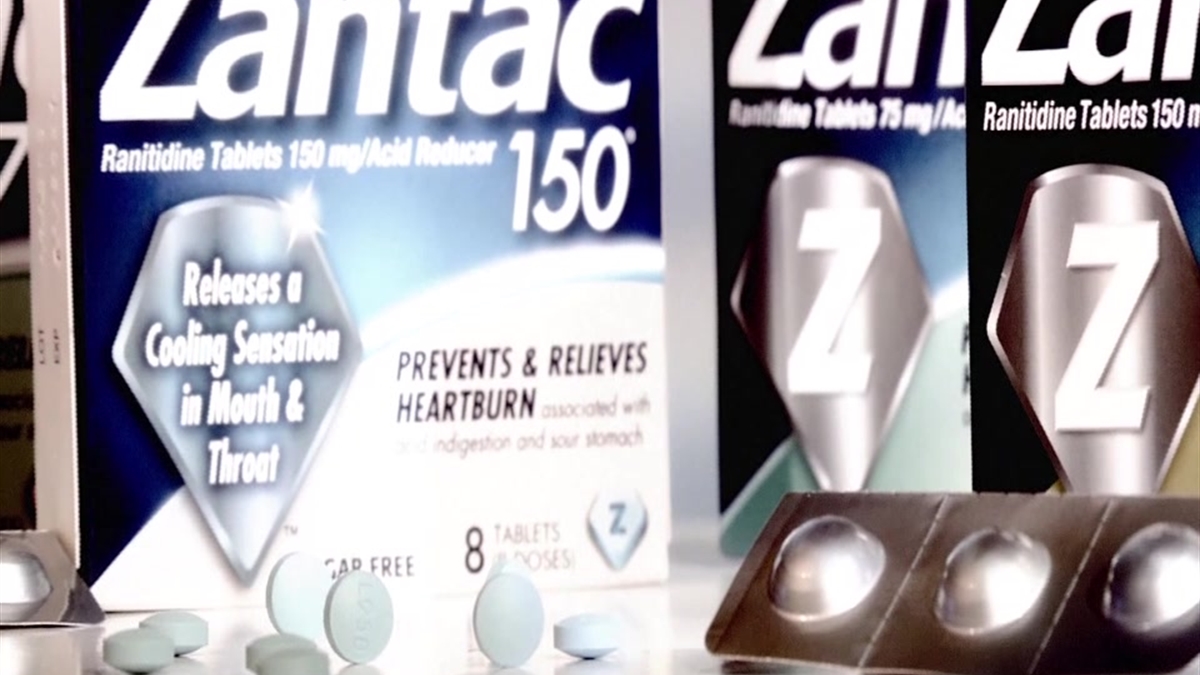Norovirus cases are climbing across the U.S., particularly in the Midwest, where cases are already above levels seen in 2022, data from the Centers for Disease Control and Prevention shows.
While most norovirus cases typically occur between November and April in a given year, cases in the Midwest have spiked dramatically since mid-January, according to the latest metrics.
Data from the CDC showed the rate of positive tests for norovirus averaged over three weeks had climbed from 11.5% on Jan. 14 to 19.5% on Feb. 4.
Around the same time last year, the same metric was averaging 10.2%.

The spike in cases mirrors a national trend, where cases have also soared over the last few weeks. As of Saturday, however, the Midwest's number appeared to be the highest in the country.
Norovirus, often referred to as the stomach flu, though it is not related to influenza, "is a very contagious virus that causes vomiting and diarrhea" in people of all ages, the CDC states.
Local
But even with numbers rising, the CDC says levels aren't out of the expected range.
"Norovirus outbreaks and reported cases from both state health departments and clinical laboratories are increasing but remain within the expected range for this time of year," Kate Grusich, a CDC spokesperson, told NBC News.
Feeling out of the loop? We'll catch you up on the Chicago news you need to know. Sign up for the weekly Chicago Catch-Up newsletter here.
Grusich noted that "prevention measures implemented during the COVID-19 pandemic" may have led to lower numbers last year.
Noroviruses are the leading cause of foodborne illness in the U.S., the agency notes, adding that "in years when there is a new strain of the virus, there can be 50% more norovirus illness."
On average, noroviruses lead to roughly 900 deaths each year in the U.S., with another 109,000 hospitalizations and between 19 and 21 million illnesses reported.
So what can you do as cases rise?
Here's what you should know:
What are the symptoms of norovirus?
According to Illinois' health department, "many of the noroviruses cause similar symptoms."
Onset usually happens within 24 to 48 hours after exposure. Those symptoms include:
- Nausea
- Vomiting
- Diarrhea
- Abdominal pain
- Body aches
- Headache
- Tiredness
- Low-grade fever
"Symptoms typically last 24 hours to 60 hours and subside on their own" the Illinois Department of Public Health reports. "There are no known long-term effects after recovery from this infection."
How does it spread?
IDPH notes that only humans can transmit norovirus as "these viruses do not multiply outside the human body."
They can spread through a lack of hand washing and food handling, contaminated drinking water, shellfish and possibly through objects "contaminated with fecal material."
"You can get norovirus by accidentally getting tiny particles of feces (poop) or vomit from an infected person in your mouth," the CDC reports.
When are people with norovirus most contagious?
The CDC reports people with norovirus are most contagious while experiencing symptoms, particularly vomiting, and during the first few days after recovery. But, the agency notes that some studies have shown people can still spread the virus for two weeks or more after symptoms subside.
Is there treatment for norovirus?
There is no specific treatment or medication available for people with norovirus, but experts say those who experience vomiting or diarrhea should drink plenty of fluids to prevent dehydration.
How can I prevent norovirus?
Experts say practicing good hygiene can be key to preventing noroviruses.
Illinois health officials suggest the following:
- Frequently wash your hands, especially after toileting or changing diapers and before eating or preparing food.
- Carefully wash fruits and vegetables, and steam oysters before eating them.
- Thoroughly clean and disinfect contaminated surfaces immediately after an episode of diarrhea or vomiting by using a bleach-based household cleaner. If using liquid household bleach prepared daily, one part bleach to nine parts water (1:10 dilution) is recommended.
- Immediately remove and wash clothing or linens that may be contaminated with feces or vomitus (use hot water and soap).
- Flush or discard any vomitus and/or stool in the toilet and make sure that the surrounding area is kept clean.
- Persons who are infected with norovirus should refrain from food preparation while they have symptoms and for three days after they recover from their illness.



